|
Volunteers are at the heart of an effort to remove invasive species plants from Pocahontas State Park. There are many invading plants that threaten the natural and native balance in the Park, including "Tree of Heaven" and Japanese Stilt grass. These invasive plants have been brought into the environment accidentally or purposefully but in many cases have escaped and spread without control. You can help these conservation volunteers by either contributing to efforts to remove or also by helping to identify and locate areas where invasive plants exist. If you come across any non-native plants, please post a comment on this page or send an email to FoPSP, with details including pictures and if possible, also include GPS coordinates or geo-locate on a map screenshot. For more detailed information on common invasive (non-native) plants found in Pocahontas, see the file below.
0 Comments
You take a walk in the park, or maybe a ride on your bike. At some point you pause and look around. Maybe something will attract your attention, maybe not. There's a little pillow of moss near your feet. You've seen these before; nothing remarkable. Or maybe the view includes a green ground-cover, like you've seen before; nothing remarkable. If we can name something that we see, then it's more likely to get our attention and connect with something else in our minds. A botanist who specializes in mosses (a muscologist) would call the moss pictured below a Leucobryum, but we can just call it a cushion moss. It does remind one of a cushion, so that name ought to stick. And a botanist who deals mostly with vascular plants (they have roots and stems) would see what you see in the other picture and remark on the dense patch of Lonicera japonica. To us it's just common Japanese honeysuckle, but to the other plants, seen or not seen in this view, it's a tenacious competitor for light and nutrients. Scenes such as this illustrate "degraded habitats" where native Virginia woodland plants are being displaced by introduced species like this honeysuckle.
The Flora of Virginia calls it "a rapidly spreading and potentially invasive Asian exotic". This is Youngia japonica, or Oriental False Hawksbeard. I have found it now on four trails, three all-purpose and one mountain bike, as well as in one off-trail spot, so it is no longer just "potentially" invasive. And it does spread quickly once established. To control it without herbicide (and avoid killing desirable vegetation), each plant must be uprooted with a weeding tool, before it blooms and makes more seed. At this point, with just five patches, I hope to get it out of the park, at least for a while.
Last year's plants and this year's seedlings start growing on warm days in the winter. The photo shows plants from last year developing rosettes of leaves. Flowers will develop in early spring. By the calendar it's not yet late winter, but the weather is pure spring. Today we evicted the weeds from the Heritage Center beds and cut back the remainder of last year's perennial stems. The columbines are emerging In the Rain Garden some of the invading grasses and winter weeds are pushing up through the leaf mulch, so those were also evicted. The bee balm is showing signs of life. At the Native Plant Garden, we began cutting back the broomsedge and again evicted the invading winter weeds. Our one elderberry shrub is beginning to leaf out.
I forgot to get a photo of our progress in the gardens, but I will share one of a woodland scene from a few days ago. This moss-covered boulder speaks of many seasons of undisturbed tranquility off the beaten path, pleasant to contemplate after several hours of garden chores. Pocahontas has so many trees, we tend to take them for granted. A tree is a tree is a tree. You've seen one, you've seen them all. Well, maybe not. Our newest hiking trail feature's an imposing tuliptree, the Big Poplar. We've recently found an oak that's even larger in trunk girth. The tree pictured here is certainly unique, the stuff of monster stories, perhaps, or of forest gnomes.
The weather has been on the warm side lately, with a record high of 74 yesterday. The winter weeds are responding to the stronger sun and warmth: dandelions, common chickweed and hairy bittercress are blooming. At the District Office, I spent about an hour micro-weeding, mostly small vetches. The ground is moist but not soggy, and most perennials are still dormant, so it's a good time to transplant. I brought a clump of Blue Wild Indigo from home and spent another hour adding it to the Heritage Center garden. It probably won't grow enough this year, but by next year my hope is that it will provide some shade for the Wild Ginger on either side of it, which is in a too-sunny location at the east end of the building.
Tramping about in the woods looking for and managing Tree of Heaven and Honeysuckle during the winter provides an opportunity to witness some of the rarer sights Pocahontas has to offer. Mushrooms are common enough as a group, but the Chicken Mushroom below is not so often seen. This cluster is hiding on the back side of a tree near one of the park trails. The second photo is an attempt to capture Mistletoe at the top of a tall oak tree. Mistletoe is uncommon in the Piedmont and has not been officially recorded as present here.
Weed control: dig out? spray? smother? Sometimes smothering with mulch makes the most sense. Some of the winter weeds in the Park Office landscaping can't be dug out without damaging the perennial crowns Here again, as in the Rain Garden, shredded leaf mulch seems to be the best choice. It settles down densely enough on top of dormant perennial forbs (wildflowers) to smother the weeds, but doesn't lift and fly away when the wind blows. Here at the Park Office, it may even be feasible to use shredded leaf mulch all year instead of the more expensive shredded wood mulch. The shredded leaf mulch is free while it lasts, so I'll be spreading more of it here in the near future.
I dug out a few weeds and did general tidying up at the Native Plant Garden this week, and for a change there's nothing more to be done there for the time being. Likewise at the CCC Museum. On the other hand, the CCC Field and Aquatic Center beds need attention in the form of weeding and/or mulching. A life coach, on hearing that my only hobby was gardening, advised me to find an additional interest because gardening was a seasonal activity. Not! The photograph below of a site in the park shows how nature uses mulch to manage "weeds" in a forest after abandonment of a large man-made pit. I was dismayed this week by how much bittercress (photo below) is returning to the Native Plant Garden. It's hard to believe that so much seed is in the ground from prior years, nor can I conceive that we let so many plants go to seed last year. Well, it is what it is. I've weeded out all the plants that are large enough to get hold of, unless some are hiding in the tall grass. And I've added some mulch where they are just too thick to weed out. Fortunately, I had a fine, warm day to get my fingers dirty. More weeding will be needed in January but the weather may not be so accomodating.
Small weeds and grasses are still a problem in the Rain Garden, so I mulched that bed, where leaf mulch hadn't already collected, with chopped leaf mulch donated by a neighbor's lawn service.. When the perennials begin to sprout in March, all the leaf mulch will need to be cleared away. Hopefully, the mulch will have smothered the unwanted weeds by then. To fill out my afternoon, I finished dormant season clearing of the Powhattan Dining Hall garden. There were just a few weeds in that bed. The wood mulch covering the landscaping fabric that was used there is getting thin in spots, so I added a couple of bucketsfull. With landscape fabric, there isn't much choice but to continue adding wood mulch as needed, since the fabric prohibits the use of a living ground cover. Five weeks since I was here last; hard to believe. But the weeds are evidence. The winter weeds are filling the gardens in patches and scatterings: dandelion, bittercress, vetch, buttercup. I worked for a couple of hours at hand-weeding, with a break while I trimmed down what was left of the summer flower stems. We did a pretty thorough job over the past year in controlling the winter weeds, so this crop has to be coming from seeds in the soil from prior years when the gardens were neglected. Garden maintenance is much easier if consistently weeded. It would also help, a lot, if there was a robust green ground cover to smother the weed seedlings. Ground covers, though, have a couple of drawbacks: they can make the beds look untidy, or they can fail due to deer browsing. I've included photos here of one of the patches of weeds and of two potential ground covers. We have a patch of yarrow starting to spread as a ground cover, and we have many violets which could be a nice ground cover except the deer keep it trimmed almost to the ground. Winter weeds Yarrow Violets
|
The NaturalistThoughts on the park, its residents and how to preserve its natural beauty. Archives
September 2019
Categories
All
|
||||||

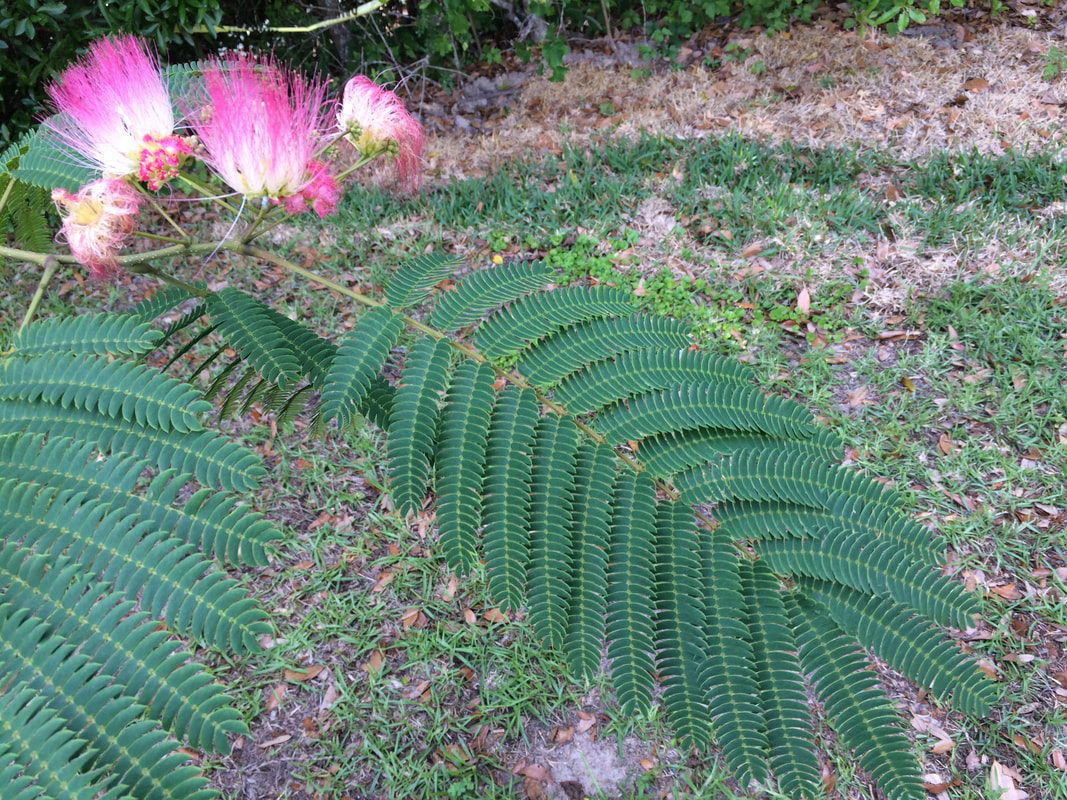
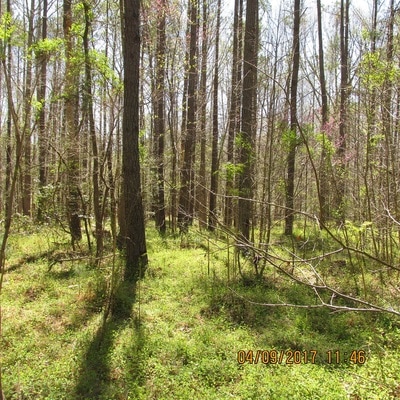
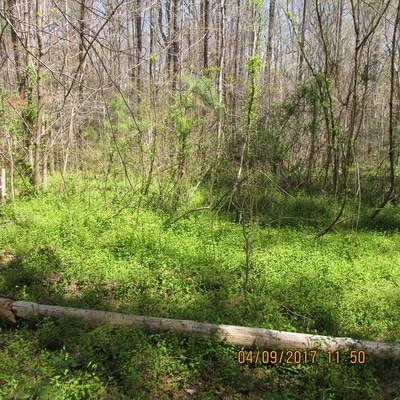
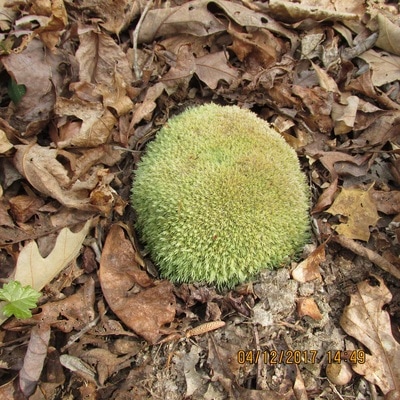
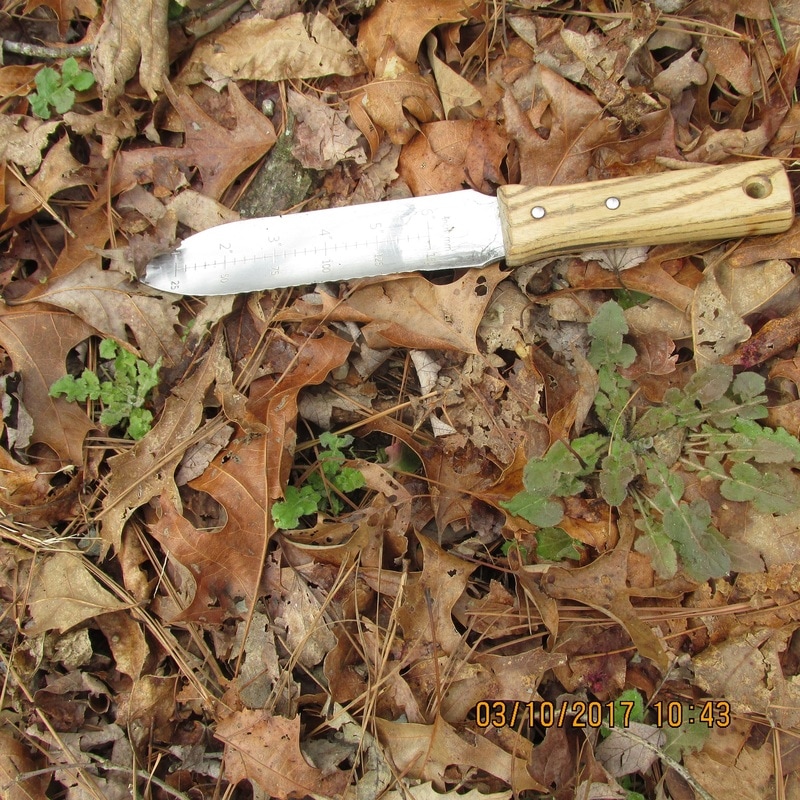
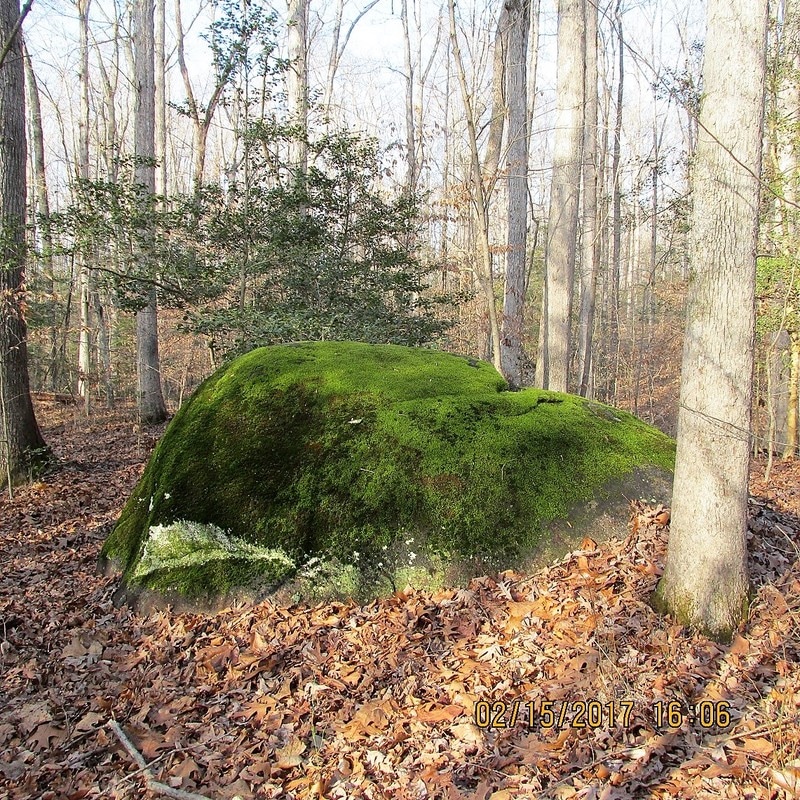
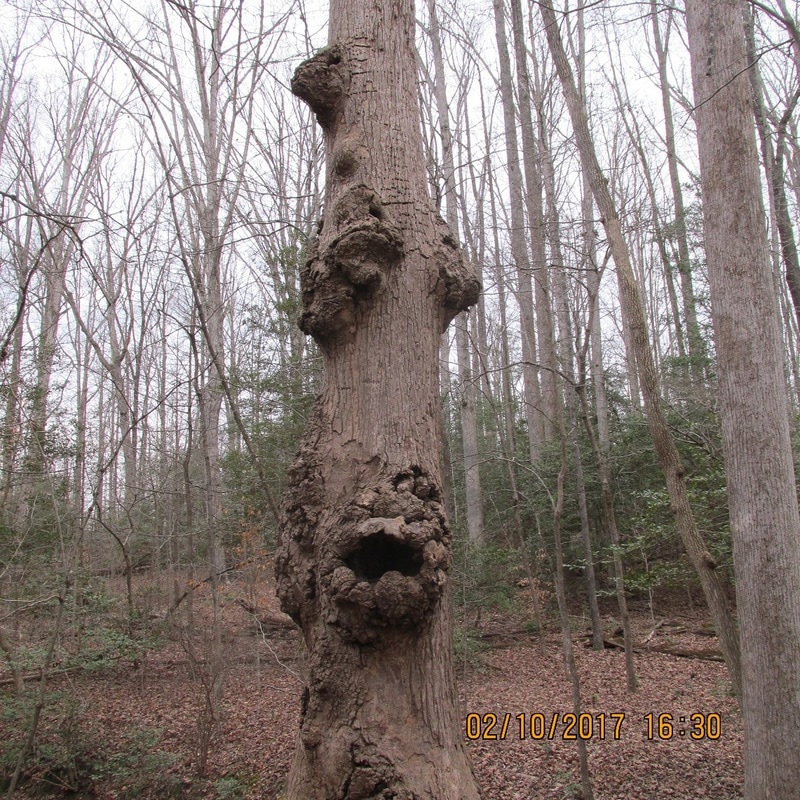
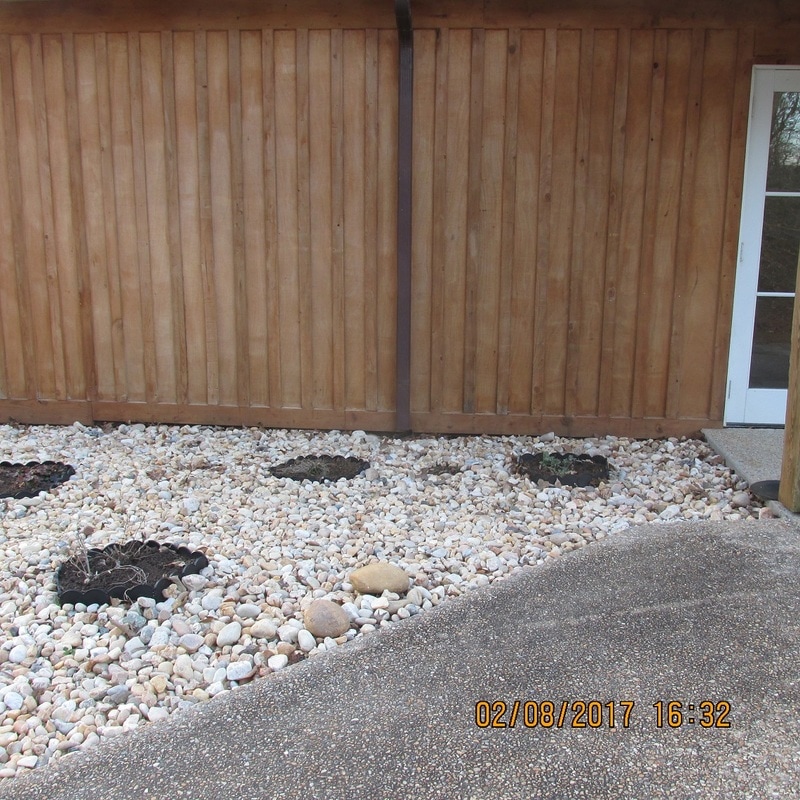
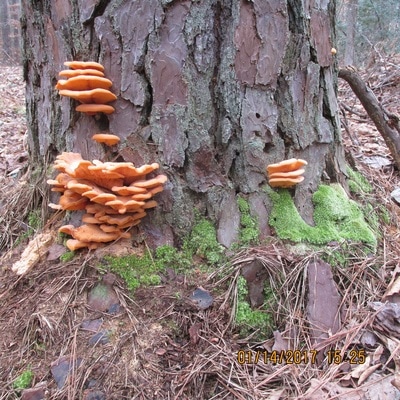
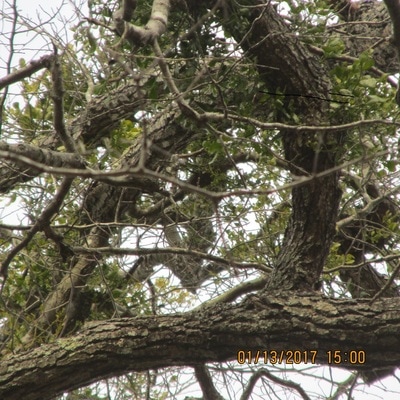
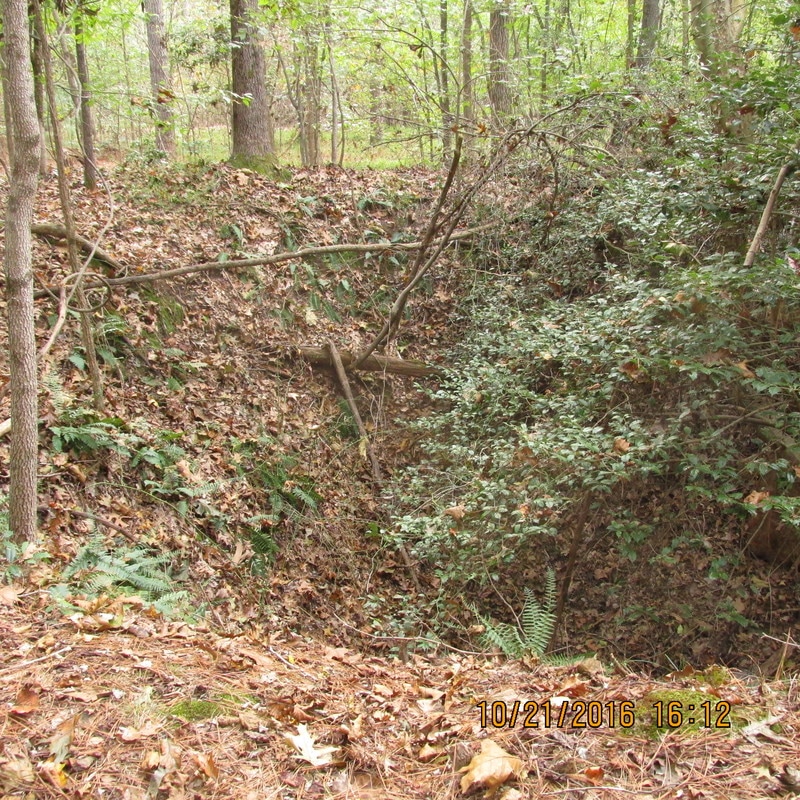
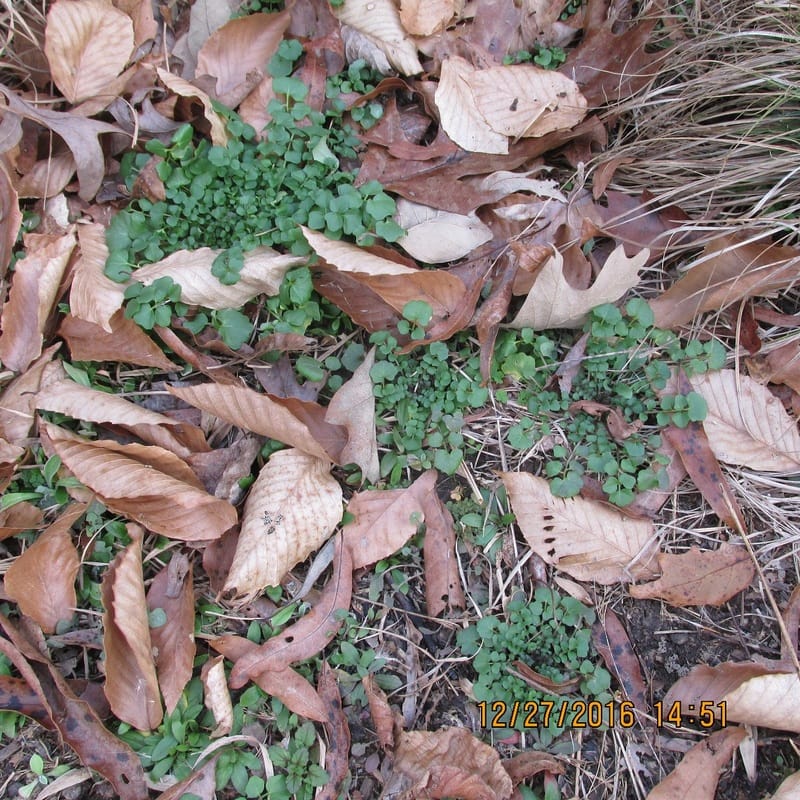
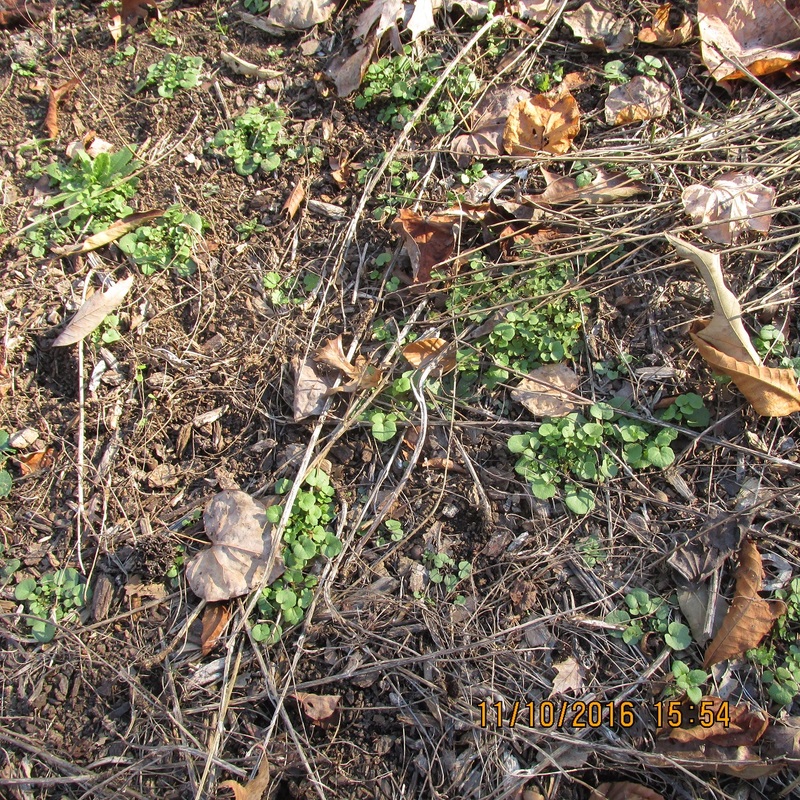
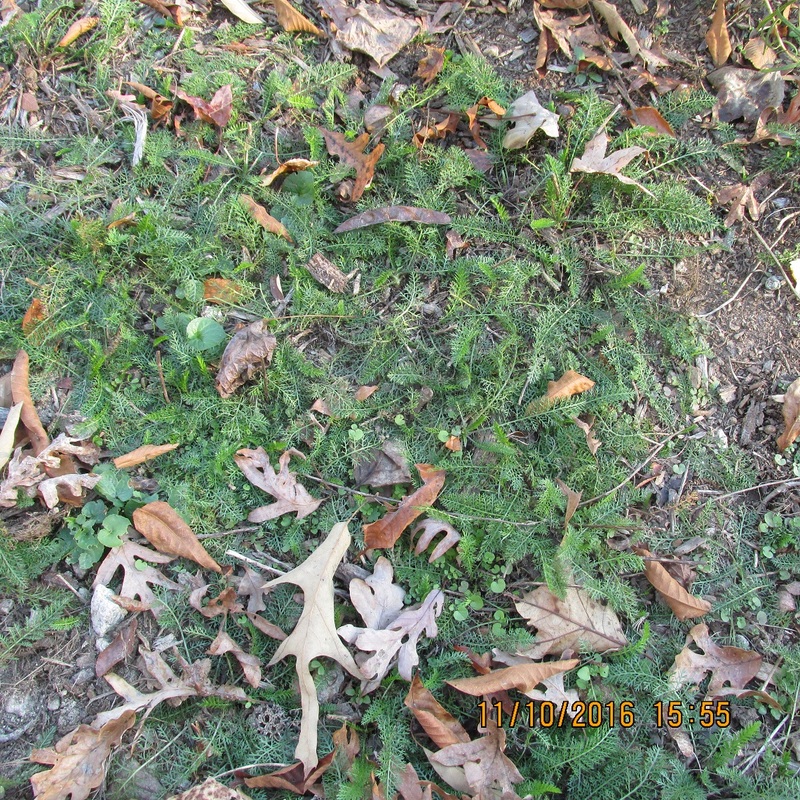
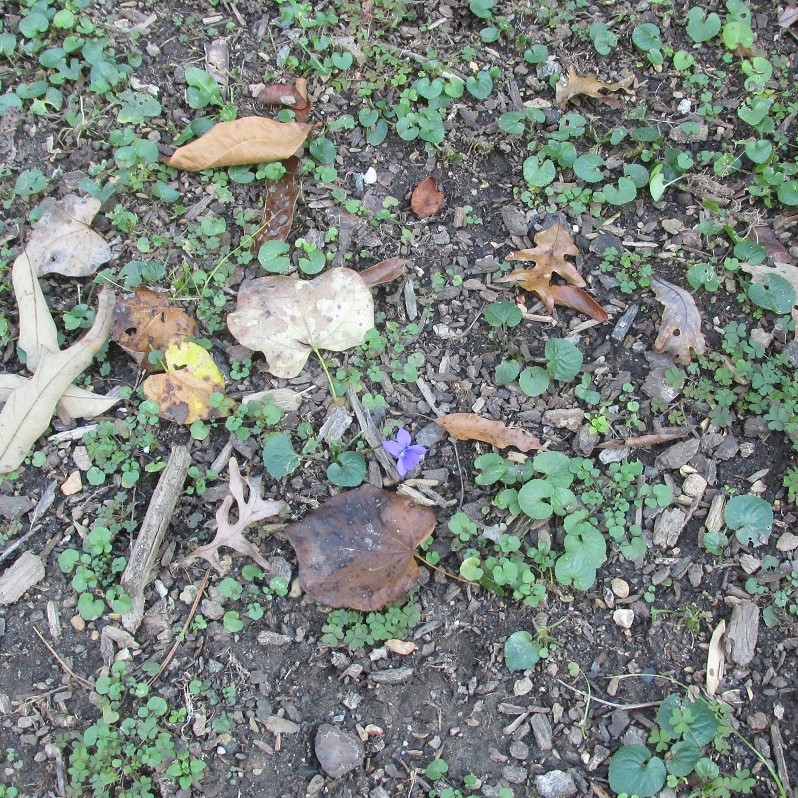
 RSS Feed
RSS Feed
